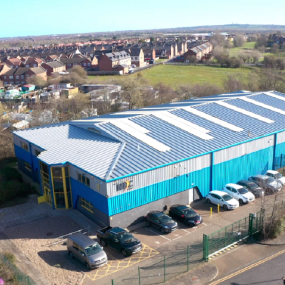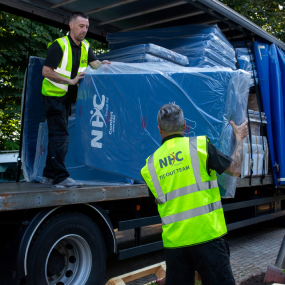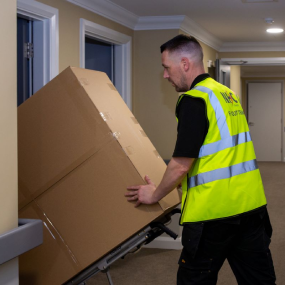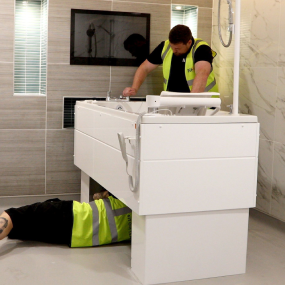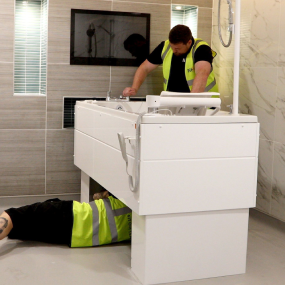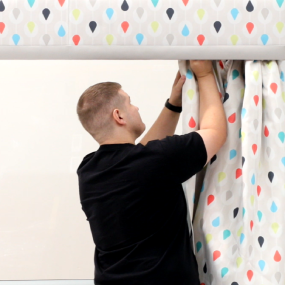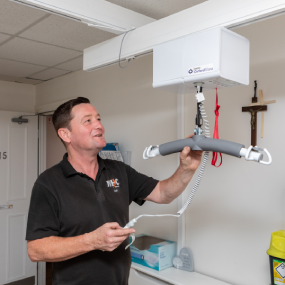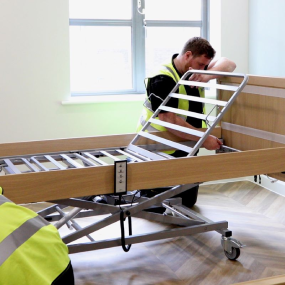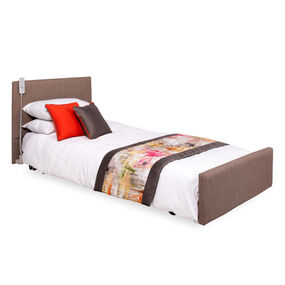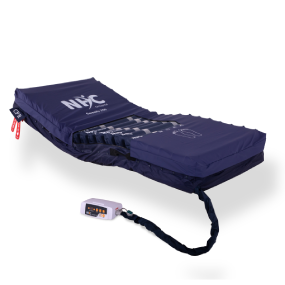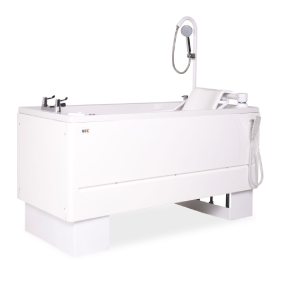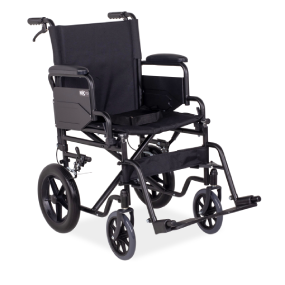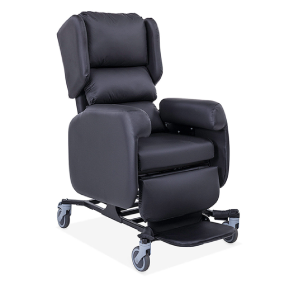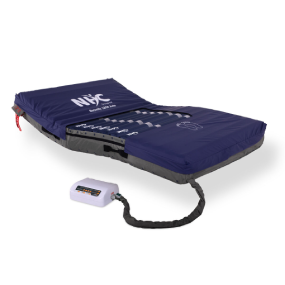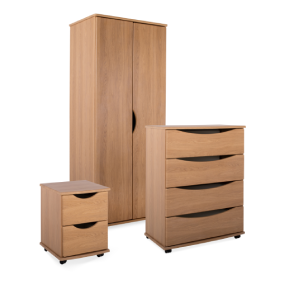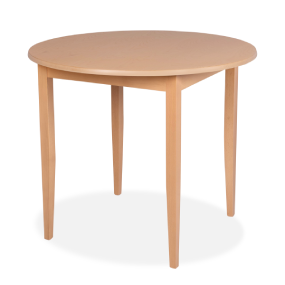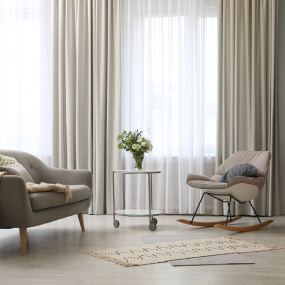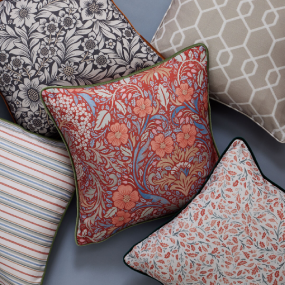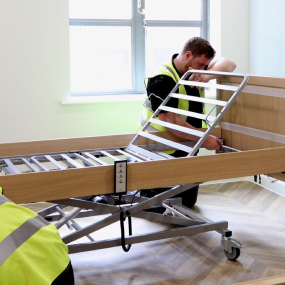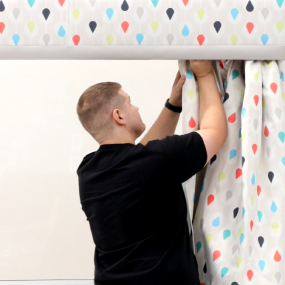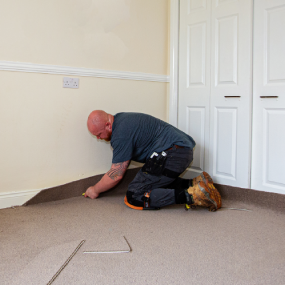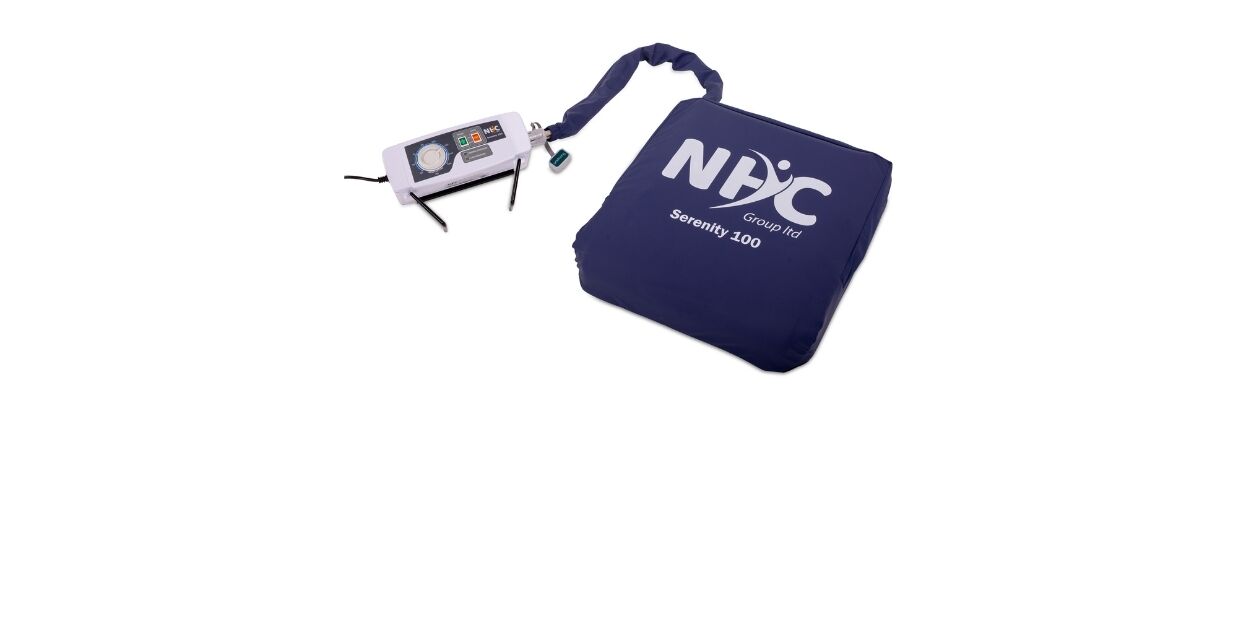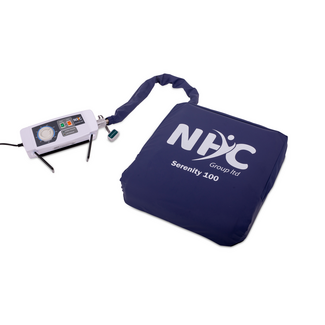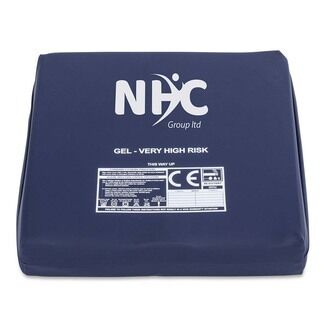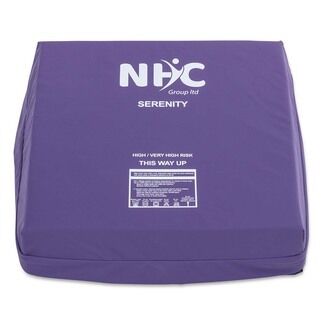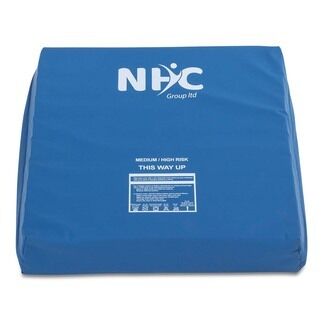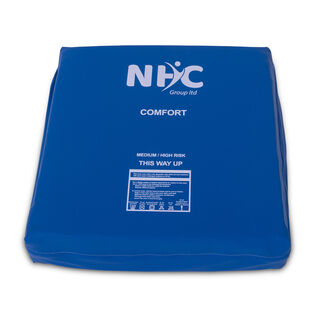Robust Supply Chain - Large Stock Holding
Nationwide Delivery, Installation & Service
Cost Efficiencies For Large Volumes
Dedicated Customer Support
Pressure Cushions: Enhance Your Residents’ Comfort and Quality of Life
Pressure cushions and airflow cushions are versatile and can be used in various settings to enhance comfort, provide support prevent pressure-related injuries. They are particularly beneficial for individuals who are sitting for prolonged periods and are compatible with wheelchairs, office chairs, car seats, home furniture, airplane seats, hospital beds and mobility scooters.
Choose from a variety of cushions from foam cushions to airflow cushions for medium-risk, high-risk and very high-risk users.
To take a look at the full range of cushions that we offer, simply scroll down the page and click on a product to find out more:
Refine Selection
Current Selection
Colours
Sizes
Brands
Risk Category
Product Warranty
Pump Unit Type
Max User Weight
Foam Type
Cover Type
Cushion Type
Cell Design
Gender
Price
Pressure Cushions: Why Your Elderly Residents Need Them?
Sitting or lying in bed for prolonged periods of time can lead to developing pressure ulcers. Pressure ulcers occur on areas of the skin that have been in contact with hard surfaces for extended periods of time.
This is why it’s crucial that bed-ridden and mobility-challenged patients are repositioned as often as possible. However, this is rarely enough to prevent the development of ulcers.
This is where pressure cushions come into play. They can offer additional support in the right areas to prevent ulcers from forming and to improve residents’ comfort and sleep hygiene.
Care Homes’ Responsibility in Choosing and Using Pressure Cushions
Pressure cushions are one of NHS’s top recommendations for ulcer prevention. As the primary caregiver of your residents, it’s up to you to choose the right cushions for every user’s needs and to use them correctly.
Here’s what you need to know:
- Always conduct a risk assessment before introducing a new pressure cushion in your resident’s repositioning regime. For instance, some cushions are designed for use while seated, but they also increase the risk that the patient may slip from the chair. Make sure that the user has enough upper- and lower-body strength to prevent that from happening.
- Some patients have complex needs, which means that they may need custom cushions or other types of pressure-relief equipment.
- Even with the right pressure cushions, repositioning is still a necessity.
- Pressure cushions can last for years if used properly.
- Airflow and pressure cushions bear a risk of cross-contamination if they are used by multiple residents. Always was and disinfect them before using them for a new resident.
How to Choose the Right Pressure or Airflow Cushions for Your Residents
Pressure and airflow cushions come in many shapes and sizes. While it’s easy to choose the right shape for each use case, it’s a bit more challenging to choose the right cushion according to the user’s risk level.
Before ordering cushions, conduct an assessment to find out which risk level your residents are at. Pressure relief cushions fall into one of the four risk bands depending on:
- Whether sores exist or not.
- The patient’s risk for developing sores.
- The severity of existing sores.
- The resident’s mobility level.
The four categories are:
- Low risk
- Medium risk
- High risk
- Very high risk
For low- and medium-risk residents, pressure cushions are typically made of foam or gel, with models at the higher end made of a combination of materials that enhances support and product lifespan. You will find them under the name of static cushions.
High- and very-high-risk patients need airflow cushions. These are made with alternating air cells that use electric pumps to help shift the resident’s weight evenly and prevent the aggravation of bed sores. You will find them under the name of dynamic or alternating cushions.
You can choose pressure cushions based on another important factor: how it is going to be used and for how long.
A few examples:
- Pressure cushions for wheelchair users
- Airflow cushions for bed-ridden patients with fully developed ulcers.
- Cushions for legs and heels
- Cushions to support the user’s neck and head
- Pelvic wedge cushions.
Why Should You Choose NHC Group as Your Pressure Cushions Supplier in the UK?
As a family business, we understand how hard it can be to find the right care facility for your loved ones. This is one of the things that makes us the perfect partner for UK care homes: we know what your clients need and we go above and beyond to help you meet their needs.
Better yet, we offer:
- End-to-end services: from helping you choose the best pressure cushions to delivering them to your door and even working on the maintenance of air flow mattresses, you can rely on us for everything.
- Budget-friendly options: we know budget constraints are a reality for most care homes in the UK. We work with you to find the most affordable solution for all your needs, without ever compromising on quality.
- NHS-compliant products: never worry about another CQC inspection again! All the products NHC Group sells are compliant with the most recent standards.
- Flexibility: can’t find the product you need or the style you want? We’ll try sourcing it or creating it for you from scratch. NHC Group has a vast network of suppliers and manufacturers, so if you don’t see what you’re looking for on our website, give us a call! The odds are we can find it for you!
Need help choosing the pressure cushions or airflow cushions? Our consultants are just an email or a phone call away. Let’s talk!

